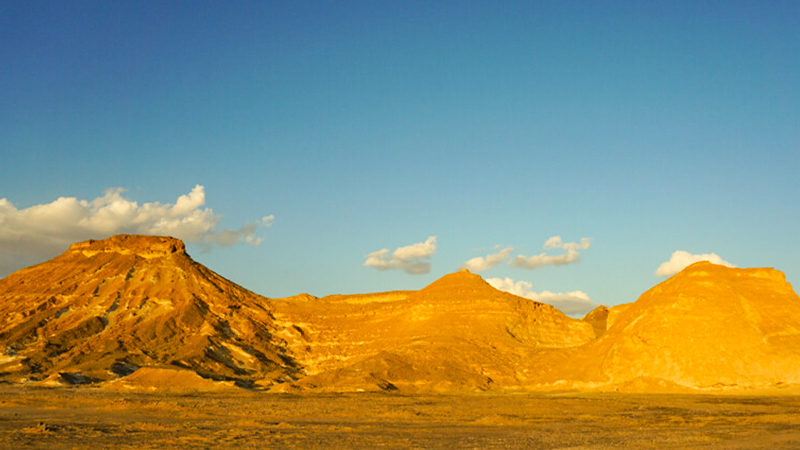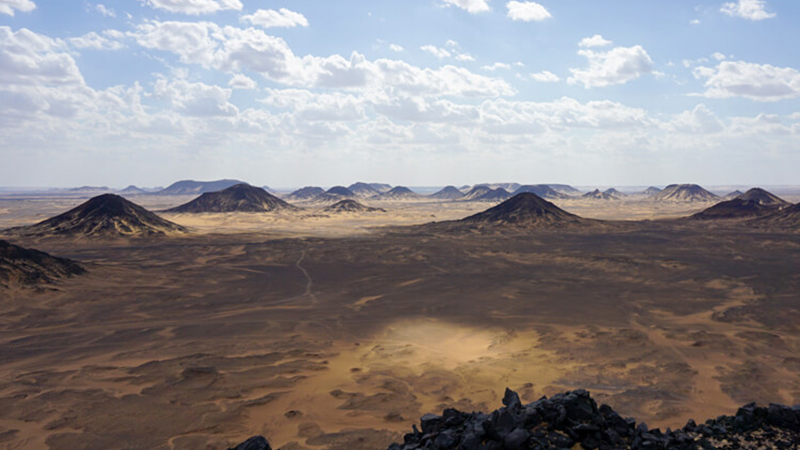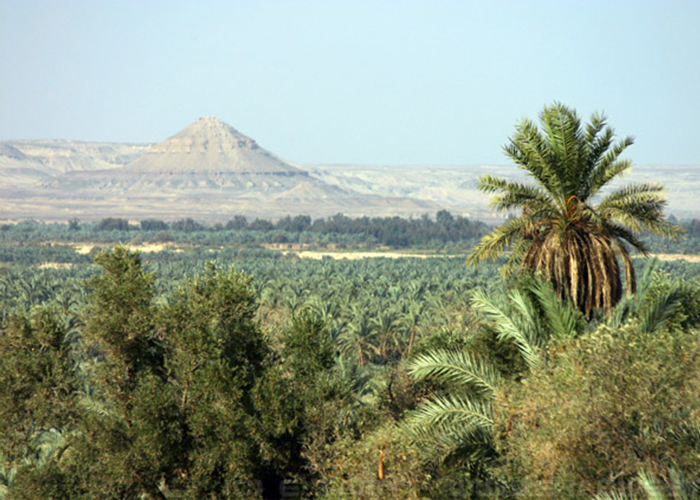The Bahariya Oasis in Egypt is a well-known destination for vacationers.
The oasis town of Bahariya has the air of being Egypt’s very first genuine desert settlement.
After a four- or five-hour journey from Cairo over a well-maintained highway that sees a little bit of tanker activity but generally no traffic, you will arrive at your destination.
There is just one rest stop along the trip, and it’s a tea house that looks like a barn and it’s located 150 kilometers in (and a smaller one approximately 10 kilometers farther on).
This is the spot where the French aviator Antoine de Saint Exupery’s plane went down in 1935. He was flying toward Wadi Natrun at the time and the accident happened on the right side of the road leading to the airport.

Exupery was able to make it through the harsh conditions of the desert with nothing more than a half pint of coffee and an orange for food. He subsequently recounted his experiences in the fantastic book “Wind, Sand, and Stars,” which is set in a desert environment.
Because of its close proximity to the Egyptian capital, Bahariya has attracted a significant number of visitors from other countries throughout the course of its history. These visitors came to Bahariya in search of desert freedom and peace.
They have established many of the emerging eco-spiritual groups, or they have been actively involved with these organizations. These organizations provide safaris that are suitable for the growing population of visitors who want to do more than simply sit about and admire the landscape.
When traveling through Bahariya, the most significant town that you will go through is Bawati. The depression around the oasis is home to a large number of teeny-tiny communities, many of which date back to the time of the Romans and should be visited.
People have been living in Bahariya for hundreds of years, and it was in this city that the so-called Golden Mummies were found a few years ago. Bahariya has been inhabited for these hundreds of years.
At the museum in Bawiti, which you will walk by on your way into the park, you will be able to see some of the mummy cases that have been preserved.
Here you’ll find shops selling just about everything imaginable, including scarves and carpets woven by Bedouin artisans, which you may buy.
On the lookout for antique shops and businesses such as the bakery, which is a tiny, dark opening in the wall through which people put their hands to purchase their daily bread.

Gebel Dest is situated in the hills behind the town, and it was here that German paleontologist Eric Strommer made his significant discovery of dinosaur bones more than a century ago.
Spinosaurus was the name of the tyrannosaurus-like carnivore that he discovered. If you’ve seen the movie “Jurassic Park III,” you’ll recognize Spinosaurus as the monster that engages in combat with T-Rex at the end of the film. Spinosaurus was discovered by him.
All across Bawiti, there are historical places that are simply asking to be investigated and discovered.
After you’ve gotten your fill of viewing the sights, you may clean off the sand and dirt that you’ve accumulated throughout your journey across the desert in one of the many hot springs that run naturally from the ground under the oasis.
The ancient city of Alexandria, Egypt is home to a temple named Alexander the Great.
It is possible to see this monument, which is the only one of its sort that is still standing in Egypt, on the road that leads from Bahariya to Siwa. This finding lends credence to the theory that Alexander the Great traveled back to Bahariya after consulting the oracle at Siwa.
After traversing the dusty and ethereal settlement of Bawiti, one arrives at the beginning of their journey into the Black Desert.
The manganese in the rocks of the Black Desert has been oxidized by the air, which has resulted in the rocks taking on a dark color.


0 Comment